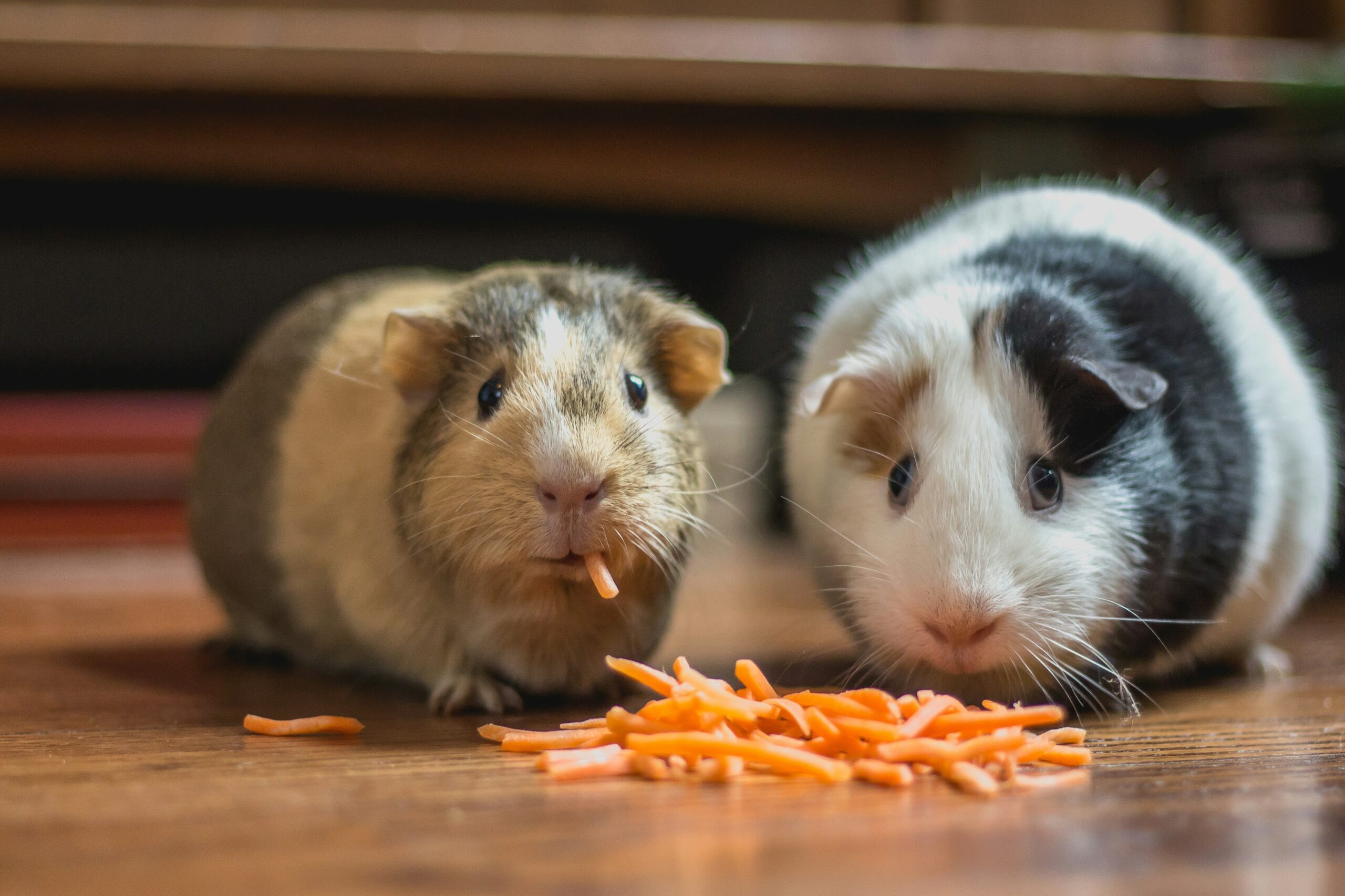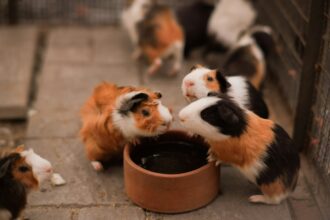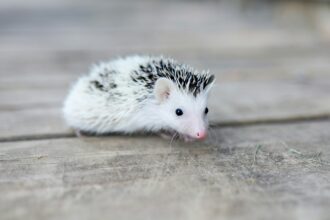If you’ve ever looked into your hamster’s eyes and wondered whether they’re bored of nibbling on the same pellets every day—you’re not alone. Hamsters may be small, but their dietary needs are surprisingly complex. Whether you’re switching brands, introducing fresh foods, or adjusting their daily mix, changing a hamster’s diet takes more than just swapping one bag of food for another.
Rushing this process? That’s a recipe for stomach upsets and one grumpy little rodent. But with the right approach, you can keep your hamster healthy, curious, and even a little excited come mealtime.
Let’s talk through how to do this right—with minimal stress and maximum tail wiggles.
Why Change Their Diet in the First Place?
There’s a lot of noise around small pet food—organic mixes, pellet-only diets, seed blends with dried fruit. You might’ve found a better option, discovered that your current mix is too sugary, or maybe you’re just learning about the proper food for dwarf hamsters vs Syrian ones. And hey, we’ve all been tempted by those colorful bags labeled with “natural” or “gourmet.”
But here’s the truth: not all hamster food types are created equal. Some contain fillers that do more harm than good, while others lack the variety your pet needs to stay mentally and physically sharp.
If you’re already into small animal feeding guides, you’ve probably seen how a proper small pet diet plan should rotate elements—pellets for consistency, seeds for energy, and tiny portions of fresh vegetables for enrichment. It’s not just about nutrition. It’s about stimulation.
Step One: Understand What Your Hamster Actually Needs
Before you introduce anything new, let’s ground ourselves in the basics.
A good hamster diet includes:
- A high-quality pellet or block as a staple (not all seeds, despite popular belief)
- Small servings of safe fresh vegetables (think: carrots, cucumber, kale—skip the iceberg lettuce)
- Limited seeds or grains for energy
- Fresh water—always available and changed daily
- Occasional treats (more on that in a bit)
They also need the right balance of fiber, protein, and fats. And this varies by species. Dwarf hamsters, for instance, are more prone to diabetes—so sugary fruits and seed-heavy blends are a no-go.
Ever wonder how to feed a hamster properly when the label says “balanced” but your hamster just picks out the sunflower seeds? That’s the problem with mix-style diets—they get picky. Pellets, on the other hand, prevent selective feeding.
Step Two: Transition Slowly (No Surprise Spoonfuls)
If there’s one rule to live by when changing your hamster’s food: go slow.
Here’s a simple 10-day schedule:
- Days 1–3: 75% old food, 25% new food
- Days 4–6: 50% old, 50% new
- Days 7–9: 25% old, 75% new
- Day 10: 100% new food
Watch their stool—yes, really. Soft or runny droppings mean you’re moving too fast. Hamsters have sensitive guts and any new ingredients can cause bloating or digestive upset.
And don’t forget: hamster water requirements can shift slightly if you’re introducing more dry pellets or cutting down juicy veggies. Monitor their intake daily. A sudden drop in water consumption? Could mean they’re not adjusting well.
Step Three: Monitor Reactions Like a Pro (No White Lab Coat Needed)
Pay attention to:
- Energy levels (are they sleeping more?)
- Stool consistency
- Fur texture
- Food hoarding habits (more or less?)
- Water intake
You’ll get to know your hamster’s quirks over time. Some love broccoli; others act like you handed them poison. Some hoard food like tiny dragons and others nibble slowly through the night.
What matters is watching for any behavioral changes. That’s where the real feedback comes from.
Fun Additions That Are Safe (And a Bit Tasty)
Once your hamster is comfortable on the new base diet, you can spice things up with a few safe extras.
A few hamster treats for healthy teeth include:
- Dog biscuits (unflavored) – helps with gnawing
- Plain oats
- Tiny bits of walnut or unsalted pumpkin seed
- Dehydrated veggies or herbs
Want to go all-in? Homemade hamster food and treats are totally doable. Mix up millet, oats, dry herbs, and a dash of barley—store them in airtight containers to keep things fresh. Proper food storage for small animals is often overlooked but crucial. Damp or moldy food can cause real issues.
And of course, steer clear of anything sticky, sugary, or processed. Safe treats for hamsters don’t need to come with sprinkles.
Compare Notes: How Do Other Small Pets Eat?
Let’s zoom out for a second.
Hamsters aren’t the only small pets with fussy tummies. If you’ve got guinea pigs or gerbils—or are thinking about expanding the squad—you’ll want to know how their diets differ.
- Guinea pigs need daily Vitamin C, lots of hay, and enjoy a mix of guinea pig fruits and veggies like bell peppers and kale. Best guinea pig pellets will often be fortified with extra vitamins.
- Gerbils require less fresh food but thrive on varied textures and need high-protein mixes. Nutrition for gerbils focuses more on dry grains, but too many fatty seeds? That’s a quick road to obesity.
- Rabbits? Different ball game. They need unlimited hay, leafy greens, and very few pellets. High-protein rabbit food is only good during specific growth phases. Otherwise, you’ll get a rabbit with digestive issues.
Why bring this up? Because many pet owners lump small pets together—and their needs just aren’t interchangeable. The small pet dietary needs shift from one species to another, and that includes things like vitamins for small pets, water content, and even snack size.
Common Pitfalls (Let’s Not Do These)
- Sudden changes: switching food overnight = chaos
- Relying on seed mixes alone: they cause obesity and nutrient gaps
- Overfeeding treats: even if they’re “healthy”
- Mishandling fresh food: wilted greens? Just toss them
- Forgetting storage: keep pellets in airtight, cool places
And lastly—don’t trust everything on the packaging. “Complete diet” doesn’t mean much when your hamster picks around half of it.
A Quick Peek Into Fresh Food Options
While we’re here—yes, hamsters can have veggies. But moderation matters.
Here’s a starter list:
- Safe: carrots, cucumber, kale, romaine, broccoli, spinach (sparingly)
- Avoid: onions, garlic, iceberg lettuce, citrus fruits
It’s the same rule that applies to fresh vegetables for guinea pigs—just because it’s green doesn’t mean it’s safe.
In the End: Keep It Simple, Watch Closely, Adjust Gently
Feeding a hamster isn’t rocket science—but it does take care. Transitions should feel more like a gentle stroll than a leap. Trust your pet’s behavior, watch their energy, and if something seems off—pause. Sometimes, less is more.
Think of food as more than just fuel. It’s enrichment, it’s comfort, it’s how they connect to their environment. Whether you’re tweaking the protein balance, making homemade rabbit treats for your bunny, or just testing new guinea pig food varieties—small pets thrive on consistency with a touch of curiosity.
And your hamster? With a little patience, they’ll munch their way into better health before you know it.







